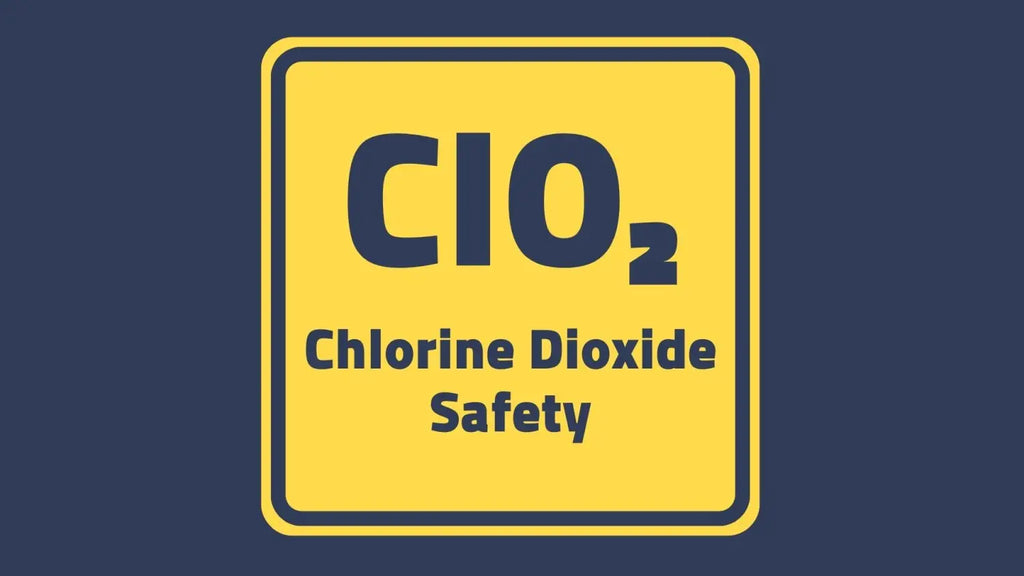How to Safely Handle Chlorine Dioxide
Posted by WISHPOND - DREAMTEAM

Over these last two years, we’ve all taken extra steps to ensure that we limit our contact with bacteria and viruses as much as possible. That includes being extra careful of the food we eat and the water we drink.
Many people have taken to using alternative, or additional methods to clean their fresh fruits, produce, and water using Chlorine Dioxide.
Not to be confused with Chlorine, Chlorine Dioxide is a gas in its natural state, but can be used as a powerful disinfectant. In fact, Chlorine Dioxide’s properties make it a better choice to disinfect than chlorine, especially as it relates to the environmental impact.
When chlorine reacts with organic matter, pollutants and toxic substances are produced. Hence, the EPA actually supports replacing chlorine with chlorine dioxide. Additionally, Chlorine dioxide does not chlorinate organic material.
When used in very small quantities Chlorine Dioxide is safe to use and does not pose any health risks. However, if the quantities are not carefully measured, or if it is mishandled even in its gaseous or chemical form, it can be extremely dangerous.
How to correctly handle Chlorine Dioxide
When mixed with water, Chlorine Dioxide is not flammable. However, it is explosive at concentrations over 10%. The Occupational Safety and Health Administration warns that the highest exposure to chlorine dioxide in the air should be 0.1 ppm and 0.3 mg/m3.
More importantly, it can be ignited at almost any form of energy, including heat, sunlight, sparks or pressure shock. When handling it, keep away from heat, hot surfaces, sparks, open flames and other ignition sources.
It can also be damaging if it comes in contact with clothing and other combustible materials, so wear protective clothing, including eye and face protection and gloves. Do not breathe in the dust, fumes, gas mists, vapors or spray. Wear respiratory protection and wash your hands thoroughly after handling.
In case of a fire, use water only to put out the fire. Avoid contact with chemicals or CO2 extinguishers, as this may cause an even greater explosion. Chlorine Dioxide is soluble in water and hence is the safest to use in case of a fire.
How to use Chlorine Dioxide to disinfect drinking water
Chlorine Dioxide is toxic if consumed in high amounts. The United States Environmental Protection Agency has set a maximum level of 0.8 mg/L for chlorine dioxide in drinking water. If water containing more than the toxic threshold is consumed, it may lead to serious health problems, including vomiting, diarrhea, and even kidney damage.
Storage
The solution is able to retain its strength for several months after mixing, when stored in a cool, well-ventilated area, away from extreme temperatures, ignition sources, light and direct sunlight. Store it in a container with a lid.

